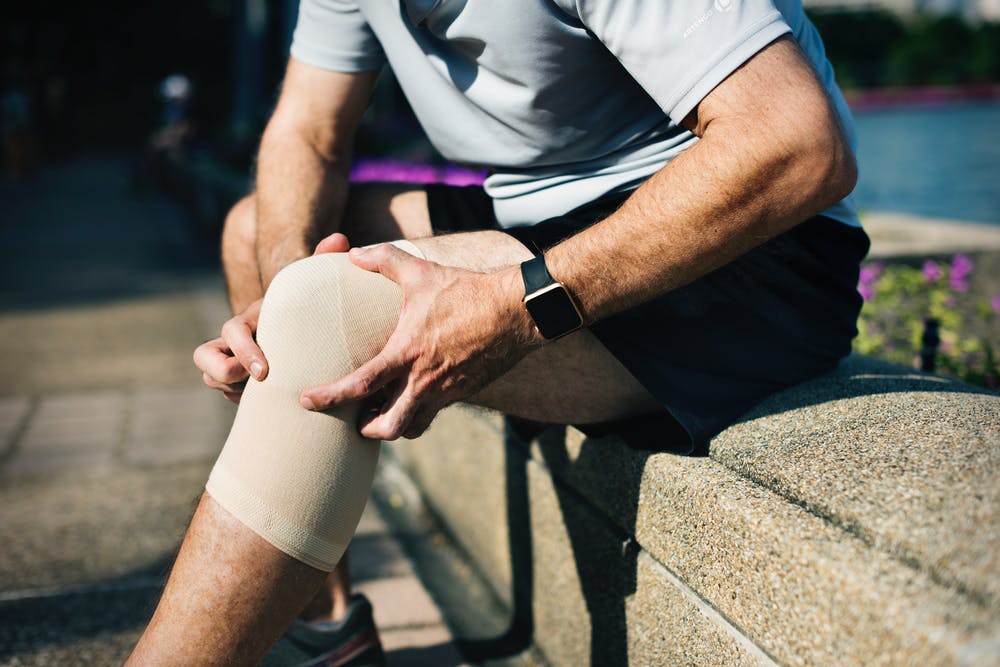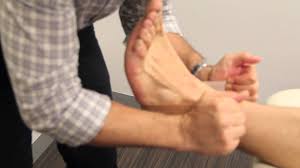nalco group
bone, muscle & joint pain physio
BOOK NOW / WHATSAPP ABOUT YOUR PAIN OR INJURY
- NOVENA 10 Sinaran Drive, Novena Medical Center #10-09, Singapore 307506
- TAMPINES 9 Tampines Grande #01-20 Singapore 528735
- SERANGOON 265 Serangoon Central Drive #04-269 Singapore 550265
Home > Blog > Physiotherapy > Soft Tissue Injuries Physiotherapy
Soft Tissue Injuries Physiotherapy

Soft tissue injuries refer to injuries to our bodies that are "non bony injuries", they are injuries to soft tissues such as our
- muscles
- tendons
- ligaments
- skin
- nerve
The most common soft tissue injuries that we see are usually
- ligamental sprains such as ankle sprains, shoulder pulls
- muscle strains/contusions such as back muscle strain, calf strain
- tendinopathies such as achilles tendinopathy
- bursitis
- stress-related injuries
These kinds of soft tissue injuries may be common in sports but they do not only happen during sports - these soft tissue injuries happens to the everyday housewife, worker/executive, cooks, children - anyone really.
We recommend that all soft tissue injuries to be treated by our specialist Phoenix physios like any other injuries: quickly, early, professionally and completely, for you to regain full movement without pain.
The reason we recommend to treat early is because if treated early, soft tissue injuries can be treated completely most of the time, but if left undiagnosed or treated it may become chronic pain.
Soft Tissue Injuries Symptoms
Soft tissue injuries are usually grouped or categorized based on the timeline of injury as well as the healing stages/processes that happen during the timelines.
- Stage 1: Acute Phase (Protection)
This is the earliest stage of the injury ie just after the injury had happened. Patients during this stage can see/experience the most pain, blood and swelling. At this point in time, your body's (and our) goal is to protect your injury from aggravation/more damage. - Stage 2: Sub-Acute (Repair)
Once the first stage subsides, your injury will progress to the next stage of sub-acute reparation. Pain and swelling (edema) levels tend to decrease and your body moves from protection mode to repairing the injury. - Stage 3: Late Stage (Remodeling)
After 6 - 8 weeks, your soft tissue injury is starting the next phase of maturing but it's in transition, still need to work on strength, stamina, stabilty
Soft Tissue Injuries Physiotherapy

Our specialist senior physiotherapists and hand therapists will be actively providing therapeutic healing modalities at every phase of your post-injury recovery and rehabilitation.
Of course, physiotherapy treatments really depends on the level of severity.
During the early stages, physiotherapy management is more conservative and protective, including:
- RICER approach
- customized splinting/bracing to protect the injury site
- cold therapy to decrease inflammation, swelling and pain
- wound healing if required by our senior hand therapists
- ultrasound therapy to accelerate soft tissue healing
- if medically allowed, gentle active joint mobilization and manual therapy
Sub-acute and remodelling stage, physiothery may continue the above management modalities with additional:
- scar management
- strengthening
- manual therapy
- heat therapy
- stretching and flexibility physiotherapy
- balance training
- core stability training
- sports-specific physiotherapy
- radio-frequency Indiba physiotherapy to further accelerate soft tissue healing
You may be prescribed regular deep tissue release therapy to ensure your muscles and fascia are in optimal health and clinical pilates to prevent future soft tissue injuries.
The biggest problem post soft tissue injuries is truly joint stiffness, and many patients seem to ignore this because it's not as obvious as swelling or blood.
Here's the
issue:
When a soft tissue gets injured, what happens is that the body realizes that there is a specific location that has been injured, and the body mobilizes the natural repair-cells to repair and stabilize the injury site.
And what these repair-cells will do is to flood the injury site (hence the swelling) with a lot of repair glue, and this repair glue's #1 function is to bring stability to any torn/injured parts, but the problem with this glue is that it makes everything stick together.
It works to stabilize the injury but it also creates a lot of adhesions and stiffness between
- muscles
- fascia
- tendons
- joints
- scar tissue
It's a big big problem if this scarring and stiffness is untreated, because it can cause hard-to-irreversible stiffness, which leads to
- decreased joint range of motion
- decreased strength
- pain and discomfort with movement
Seeing our specialist physiotherapists and hand therapists at every
stage of recovery after a soft tissue injury will be vital to provide you and your injury a quick, safe
and clinically effective solution to move and prevent adhesions.
